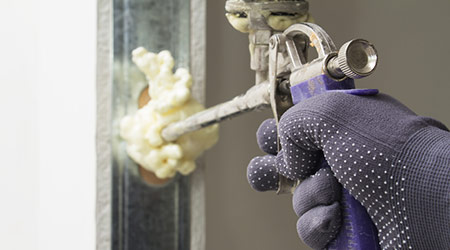
California Bans HFCs in Response to SNAP Repeal
April 16, 2018
Hydrofluorocarbons (HFCs) have been banned in California for specific uses affecting commercial facilities. On March 23, 2018, the California Air Resources Board (CARB) adopted a regulation which bans the use of HFCs in foams, as well as refrigerated vending machines, self-contained refrigeration units, refrigerated food processing and dispensing equipment, and supermarket and remote condensing units (such as the small refrigeration systems used by convenience stores.)
The regulation preserves some of the measures that had previously been in place under SNAP, the U.S. EPA’s Significant New Alternatives Policy, which was overturned in 2017. California has in place a law (SB 1383) requiring a 40 percent reduction in HFC emissions in the state below 2013 levels by 2030. Achieving that goal relied heavily on SNAP rules, and so California was forced to pass its own regulation, says CARB.
In addition to banning HFC use in the manufacture of new systems, manufacturers are also required to provide an HFC disclosure statement certifying that the products use only compliant refrigerants or foam expansion agents.
It is thought that California moving to enact its own HFC regulation could inspire other states to follow suit. Other means to address HFC reductions nationwide could include the U.S. Senate ratifying the Kigali Amendment to the Montreal Protocol, the EPAchoose to use other authorities to phase down HFCs, or the case could be taken to the Supreme Court.
This Quick Read was submitted by Naomi Millán, senior editor, Building Operating Management.
Next
Read next on FacilitiesNet












